Note: Most of this post has been sitting unfinished in my drafts folder for far too long–and it was Dia’s post over at the Deal Mommy blog which got me to polish this up and post it. If you haven’t read her take, you can find it here. And thanks Dia!
—
Free is a powerful word. We’re bombarded online by the word free; Music is Free, TV shows are Free, Travel is free. None of these are actually free. We’ll step through this today and go over some of the ideas that have come to be cornerstones of Milenomics along the way.
When Free is Not Free:
In the three examples above; music, tv shows, and Travel there are paid and “free” versions of each. We’ll outline how the Units that the free versions are priced in might not always be in $USD, and in doing so we’ll keep in mind that none of them are actually free.
Music and TV; Not free
Music and TV are two examples of goods/services no longer always priced in dollars. Sure, you can pay a few dollars to Amazon, Apple, or Google and watch a tv episode, or listen to a song. Let’s contrast that with services which label themselves as free, Spotify and Hulu for example.
I’ll use two examples of how Spotify and Hulu are not free, the first is a barrier to entry, and the second is shadow pricing.
Barrier to Entry: While you couldn’t explicitly include them in the cost of Spotify there is a very real cost to having the capability of using their services whenever and wherever you’d like. Because you don’t “own” the “free” media you need a computer, or another digital device. You also need internet, always on internet actually. I know many of you will instantly reply that you already have these, and use them for many, many other uses. Great–but to someone who doesn’t have them there is a significant cost associated with these “Free” services.
Shadow Pricing: For argument’s sake, let’s assume there is no barrier to entry, and we all somehow have capability to access these services for free. Maybe at a library, someone else’s house for example, or on a phone we use for other important services. The media is still not free because it is paid for with ad revenue. There’s nothing inherently wrong with this, Ads make it possible for you to watch or listen without paying $USD for the service. Simply because something isn’t priced in Dollars doesn’t mean it is free.
A typical TV show is 22 minutes long. This means you could watch 3 episodes in about 66 minutes. To do so you’ll pay one of the above mentioned services $6 or so for those 3 episodes. As an alternative you could watch the same episodes on Hulu, which now add as many as 4 60/90 second commercial breaks to a 22 minute show. Let’s say we’re looking at an average of 4.5 minutes of Ads per show, or a total of 13.5 additional minutes to watch three episodes. You’ve traded $6 for 13.5 minutes of Non-renewable time.
$6 x (60 minutes/13.5 minutes) = $26/hr. In this example you’re effectively trading an hour of your time for $26.
To most of us this is a fair tradeoff, maybe you do something else during the commercials, like pay the bills, or maybe you watch while you do chores. It allows you to not pay $6 to watch the three episodes. Yes, you are paying $0 for all three shows. But the shows are not “free,” at least not totally free. I know I beat the drum of valuing our time a lot on the blog, and maybe too much, but I think it is important for us to do so.
In this example the shows aren’t priced in Dollars, they are instead priced in your time. You give your attention for 4.5 minutes, and you get a “free” episode of your favorite sitcom. It would sound silly to say it, but the price of Music and Television from “free” services can be said to be priced in Units of (your) time.
Keep in Mind the Units Something is Priced In
Units matter. Take this price tag:
The product being sold is a chocolate milk mix, in a TESCO in Thailand. The price is 104฿ (104 Baht). We’re using this example because the item is priced in a unit other than dollars. I’ll slide down the slippery slope of the logic we use when we call something free using progressively less truthful statements:
This item costs 104฿
This item is priced in a currency other than US Dollars.
You can buy this chocolate milk mix without using any US Dollars to do so.
You will spend $0 buying this chocolate milk mix
This Chocolate Milk mix costs $0.
This Chocolate Milk Mix is FREE.
Yes, you can buy the item without using any US Dollars, this is because it is not priced in USD. Yes, if you had a pocket full of Dollars and another full of Baht you would use $0 to buy this item. But, saying the item costs $0 is untrue–that assumes you can buy it for $0, you cannot. Further saying the mix is free is also not true. The mix has a fixed cost, 104฿. The item is not free because we have a known conversion rate for ฿ to $, approx 32฿ to 1 USD. This makes the 104฿ item cost about $3.25. It cannot be said that this mix is free.
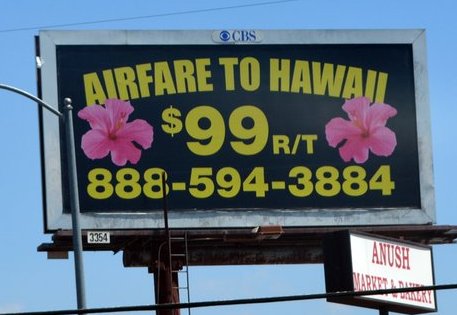
Why we fall for the idea of Free Travel
Simply put, we fall for it because we want to. The idea of free travel is something that has been a draw for decades, and airlines use it as a marketing tool. Gary from View from the Wing has called Frequent Flyer miles “the most significant, most successful marketing device in the history of the world.”
And indeed we’re bombarded with wonderful pieces about the “free” travel these miles can buy us. Except travel isn’t free. And when we come to realize that we hopefully come to read with a more discerning eye. Travel isn’t free because we have to find someone to watch the dog, Travel isn’t free because significant amounts of money can be spent on tours, travel isn’t free because rental cars aren’t cheap, travel isn’t free because, well, nothing is free.
That doesn’t make travel useless, or pointless. No, in fact, travel is the opposite. Important to an extent that those without it in their lives are missing out in my opinion.
But travel isn’t free. At least not in the sense that most people say it is.
The Hidden Costs of Free Travel
The paid version of travel is easy to price. You trade $USD for travel at an agreed upon published rate. The “Free” version is not so easy to price, or at least not as easy to price as our earlier television example.
I have a completely separate post, again one that has been sitting in the drafts folder for months, about opportunity cost, so I’ll stay away from the subject here. Dia’s post talks about opportunity cost, which is real for some of us. Instead I’ll talk about a different avenue where free travel costs us money.
Overpayment. In the last month I’ve had many readers email me, and one I spoke to the other day really brought the whole “free” travel idea home for me. He told me that a few times in the past to hit his spending bonuses he spent money, big money, on items he didn’t need. I have another friend, one I’ve known for years actually, who plays the Miles game while holding balances on major credit cards. Both of these people are paying real money for their “Free” travel.
At the end of the day how many people see the little information kiosk at the airport, want their 50,000 miles, and can’t quite spend the amount needed for the bonus? They’re $600 short, and decide that they’er going to get their 50,000 miles by buying another new television. How many people skip the idea of budgeting for a remodel, and are lured in by the thought of all the miles they’ll be earning from their new bathroom?
I actually don’t know how many. But I’m sure it is more than 0. I’m sure the number, if we could quantify it, would surprise many of you. The logic flaw is subtle; I needed to spend the money on the renovation anyway, so the miles were “free.”
We discussed this earlier on the blog, but the basics are that when you think something is free you over spend on it. Example: My wife and I stayed at a B&B along the Central coast of California a few weeks ago. While I was checking in the Innkeeper asked me if I wanted to prepay the room on a credit card. It threw me a little that he asked such an odd question, so I asked him, “what other options are there?”
“We offer a cash discount if you’re interested in not using your Credit Card.” He replied. I expected the cash discount to be quite small, 2-3%. The innkeeper told me the discount for using cash was 15%! At that level it was obvious that sometime during the weekend I’d be visiting an ATM and paying cash. I asked the innkeeper if anyone ever pays with a card after hearing about the discount, and he told me that almost everyone still uses their cards, and that some don’t even inquire about the discount.
Take someone using a card which earns 2x UR on travel. If I wanted to earn 2 UR miles I’d be giving up a 15% discount in the process. Those UR would cost me 7.5 cents apiece. Or take someone who wanted to use their points from a card which only allows travel reimbursements. If you wanted to refund the purchase of the B&B with redeemable travel points you’d sacrifice the 15% discount in doing so. But those points were “free” so who cares about the 15%, right?
Know Your Barriers to Entry and Shadow Prices
Emphasis on Your, because just like our travel needs are different, and our travel destinations are unique, our Barriers to entry will likely not be the same as anyone else’s.
There is a significant amount of research and learning you’ll need to do in order to effectively use your miles. If you don’t have time to learn how to book your own flights you’ll have to hire a professional to book your tickets, at a very real cost in $USD. You may want to stick with cash back or fixed value Closed System cards, which function the most like cash back cards if this is the case.
You also might need to collect an awful lot of miles before you can use any of them. If you don’t travel much and have always dreamed of going to Japan and taking your wife and two children, a Card giving you 50,000 miles is effectively giving you nothing. That’s because you need about 100,000 more miles just to get the trip started. Then add in hotels, food, tours, transportation…and the list goes on. Your free trip could end up costing you thousands of dollars, is that something you’re ok with?
In addition once you start manufacturing miles you’re going to be using a significant amount of your time, something which really needs to go into calculating your true costs of those “free” miles. If you work 1 hour a day for a year those 365 hours have value. Assign a value to your time and see if the “free” travel is really worth it to you.
These are just a few of the Barriers to Entry and Shadow pricing that I’ve come up with. I’m asking you to consider your own. You may be able to dismiss these–if so, great. I’m a firm believer that you’re the best expert on yourself. Take an inventory of what you need to “get in the game,” and you’ll have a clearer idea of whether the game is for you.
Outtro
And finally, a short note about the blog. You’ve probably noticed things are redesigned a bit around here. I’m trying to keep an emphasis on clean, fast and mod. I’m also trying to reorganize my life to allow more posts, and more frequent posts. Big things are brewing in the Simon household. 😉

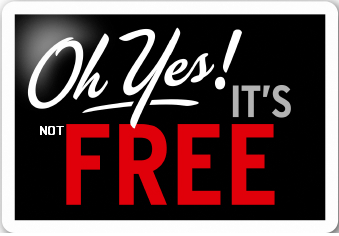

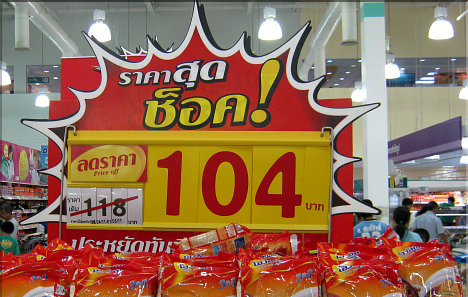
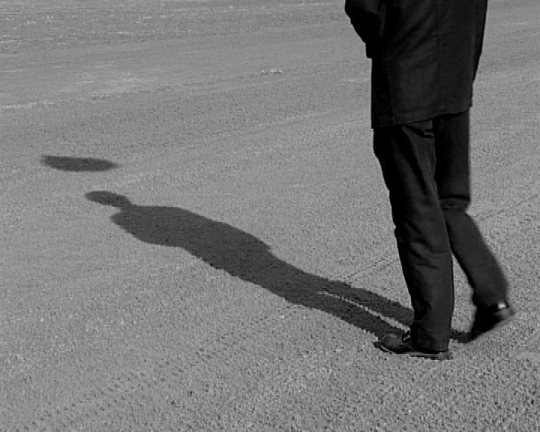

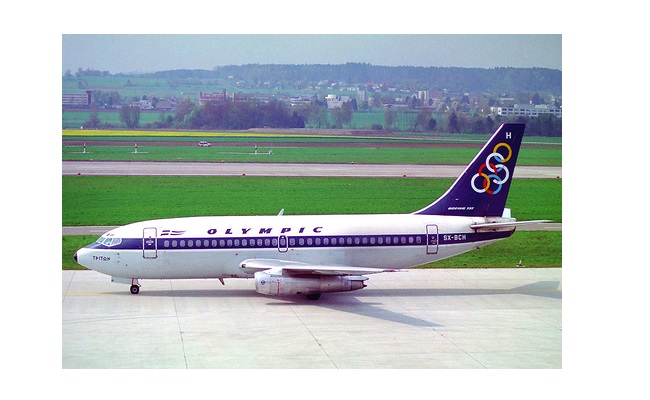

This is a fantastic, honest post about the miles game and the “allure” that gets most people when a lot of the blogs talk about !FREE TRAVEL!
It is never free, requires a LOT of time to earn big points and miles, and those vacations are going to cost you even IF you get the hotels and flights paid for through normal spending (and a family of 4 is going to be at it a LONGGG time if they are getting their points from just “normal spending”).
Thanks for being honest and highlighting some of the fallacy’s of the “free” line of reasoning!
Justin: No problem, thanks for the reply as well.
When I lived as a Mormon missionary in the Dominican Republic for 2 years, we definitely fell trap to the “no dollars = free” fallacy.
It didn’t help that their money was different colors so it felt like Monopoly money 😛
Great post…
It made me think of this quote by economist Ludwig Von Mises: “In every act throughout our whole life we are always exchanging something we have for something we prefer.”
Great Post. I do think about things on this line every now and then. Am I throwing away opportunities of starting side business, by spending 15+ hours a week on MS/travel hacking.
Most people still use their credit card even when offered a 15% discount because they don’t have the cash in the bank to pay, they are charging to the credit card as a loan, those of us whom pay off our credit card every month and look for all discounts are the exception not the rule.
Chris: Good insight. I hadn’t even thought about that fact, but indeed it makes perfect sense.
In general, I really like this post. People don’t properly conceptualize the fully burdened cost of their activities.
But I’d say that you also need to consider the less tangible benefits of playing this game. For example, I (mostly) enjoy thinking about points and miles, so I view whatever extra costs I incur by participating as entertainment expenses.
As for the cash discount at the inn, I personally place a pretty large premium on being able to pay by credit card to get consumer protections. Maybe not 15% worth, but you can essentially charge back anything for any reason, and that’s a great insurance against being unsatisfied with a product. That’s part of how I justify keeping an Amex card in my wallet and paying the annual fee even though I don’t really care for the points earning.
My wife recently tried a different angle on the same issue. She was buying a piece of jewelry in New Zealand and negotiated a price much less than the asking price. When it came to paying (she loves to negotiate), she told the vendor ‘well, I’ll give you a credit card (they add a 1.5% fee) for $250 or I will give you $240 cash (all the cash we had), what’s your choice??
The vendor said “That’s no choice, I’ll take the cash! ” FYI………………….